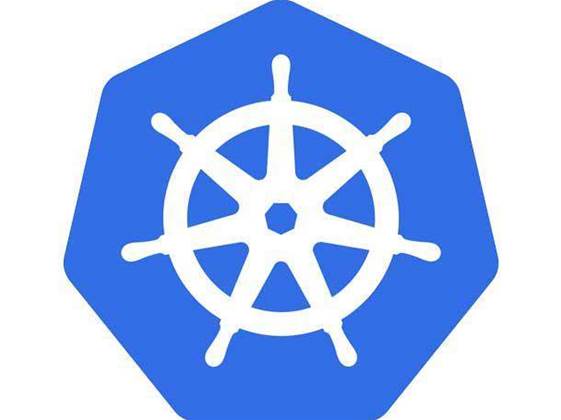At its VMworld conference two weeks ago, VMware’s big news was “Project Pacific”, a plan to fully integrate container and infrastructure orchestration tool Kubernetes with its core server virtualisation and hybrid cloud management suite vSphere.

vSphere is a staple of enterprise IT so Project Pacific matters.
But not just for the reason that VMware recited most often, namely that developers are all-but-defaulting to containers, software is critical to business today and nobody dares do anything that makes developers less productive. That all means you’ll need to manage Kubernetes sooner rather than later.
VMware has built its business knocking down silos of tightly-coupled applications and hardware, so it’s natural the company is offering one tool to manage infrastructure for both containers and the virtual machines that you know, love, and won’t be able to toss out any time soon (but which totally aren’t legacy tech).
So Pacific will apparently look and feel just like vSphere, whether it is running VMs, containers, or whatever comes next
All of which sounds great, but it's still not a killer argument for businesses that don’t rely on bespoke applications.
Paul Fazzone, VMware’s senior vice president and general manager for cloud native applications, told iTnews why Pacific matters for those other businesses: the independent software vendors you rely on for the software that runs your business will soon deliver their wares as Kubernetes.
They’ll do so because Kubernetes makes software marvelously portable – it’s probably the biggest step towards write-once-run-anywhere since the debut of Java. Only this time it’s more open.
And write-once-run-anywhere appeals to commercial software developers because the cloud has complicated their lives. Pre-cloud they just had to make sure their stuff ran on Windows and/or Linux, and could run in virtual machines. Today they must package their wares for on-prem consumption, and for multiple cloud marketplaces each with different requirements. That means maintaining multiple versions, a tiresome and expensive situation.
Kubernetes lets them write-once-run-anywhere, including on any Kubernetes-using cloud (which will soon be all of them).
Once the apps your business relies on prefer Kubernetes, you’ll need the capability to run and manage it.
Which is the true significance of Project Pacific – it’ll let you consume the newest and best versions of the commercial software you need, in the form your suppliers will soon prefer, without silos and without having to learn significant new tricks or buy new hardware.
But there’s still a lot we don’t know about Pacific.
One of the VMworld sessions iTnews attended featured Kit Colbert, chief technology officer for VMware’s cloud platform business unit, who offered some details on Pacific. But Colbert couldn’t say when it will arrive, whether it’ll be a vSphere upgrade or whether it will require adoption of more VMware products.
A query from the conference floor during Colbert’s session asked if Pacific will require the powerful-but-still-quite-complex NSX network virtualisation product.
Colbert's non-answer drew groans from delegates, a sure sign there’s a lot to happen before we learn how VMware has translated its vision splendid into reality.


_(20).jpg&h=140&w=231&c=1&s=0)


.png&h=140&w=231&c=1&s=0)



_(26).jpg&w=100&c=1&s=0)

 iTnews Executive Retreat - Security Leaders Edition
iTnews Executive Retreat - Security Leaders Edition











_(1).jpg&h=140&w=231&c=1&s=0)



